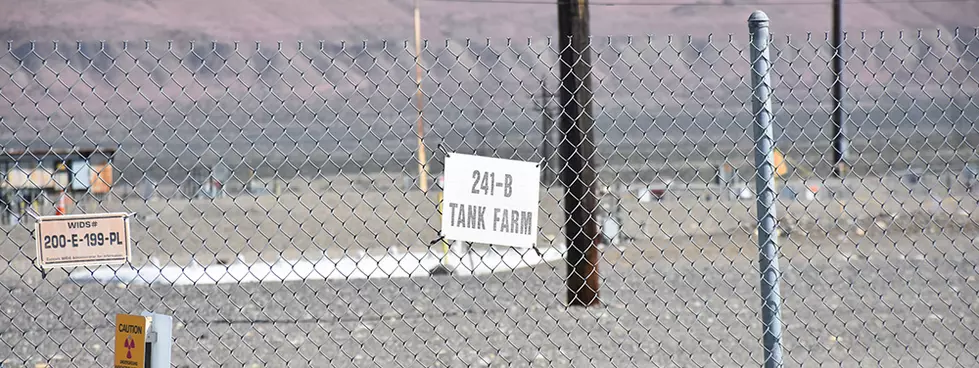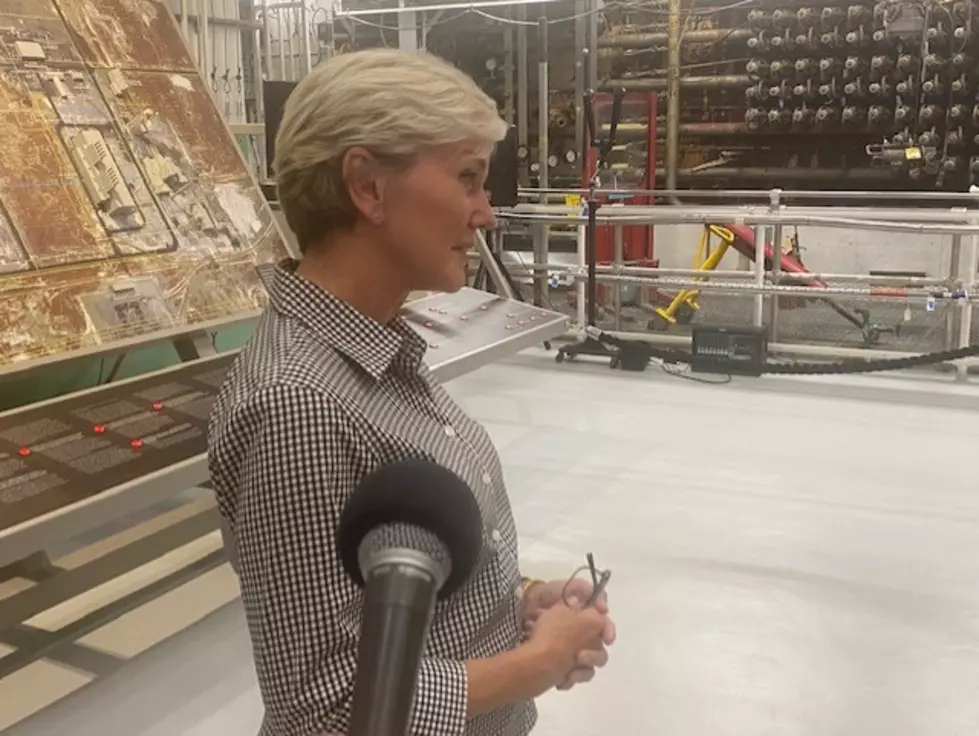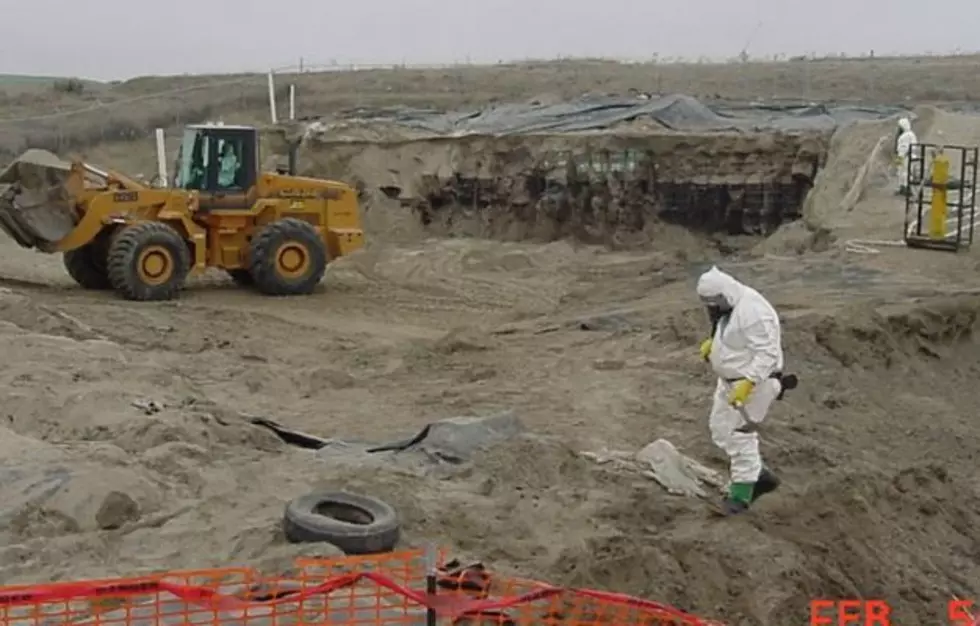
Will “Burping” Hanford Waste Tanks Slow Cleanup?
With Hanford racing to try to meet legally mandated deadlines for cleanup and vitrification of the millions of gallons of waste at the site, could burping and the study of bubbles help solve problems?
Apparently so. As waste is being pumped out of older single-shell storage tanks (many of which have, or are leaking) the issue of burping gas has come to the forefront.
While some hydrogen and other gas is created by the mixed waste in the tanks, most of it is safety ventilated away from the 167 tanks at the site. But now scientists are trying to determine how much toxic sludge can be dumped into a more secure tank without creating dangerous bubbles.
Scientists fear dumping new sludge into tanks could potentially trap bubbles beneath it, possibly causing burps that could release hazardous materials. Northwest Public Radio's KOUW reported this week:
"But here’s the potential problem: If a tank were to burp up a large amount of that flammable gas all at once it could create a large burn. Or a boom complete with flying shrapnel and waste vaporizing into the air. Or even liquid waste shoved out through the tank’s air filtration systems."
That could result in significant safety or health issues, and set back the cleanup process indefinitely. So, federal officials have brought in a scientist who is considered an expert on bubbles, yes bubbles. Phil Gauglitz is studying what is called bubble retention theory. It's the idea that trapped gas bubbles can burp or pop their way to the surface of a liquid or sludge and create an "explosion."
If Gauglitz's study shows the retention theory is likely to happen in the tanks at Hanford if they are maximized with waste, this will change the cleanup process. Officials say it would affect how much of the sludge can be pumped into each tank, possibly necessitating more tanks being built, or finding other ways to treat them.
Officials say the retention theory study should be completed by nearly next summer.
More From 870 AM KFLD









